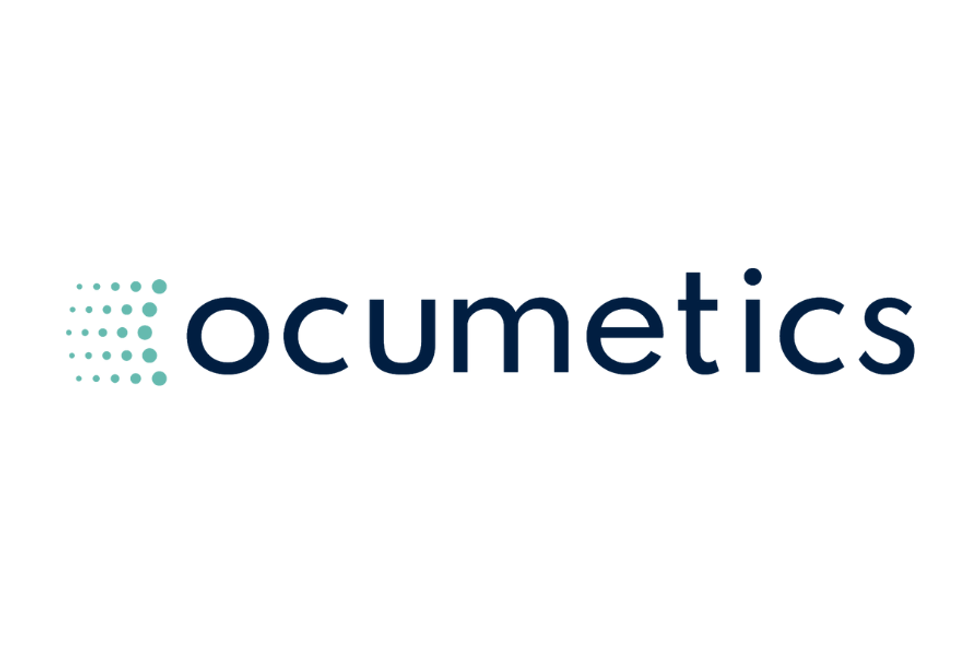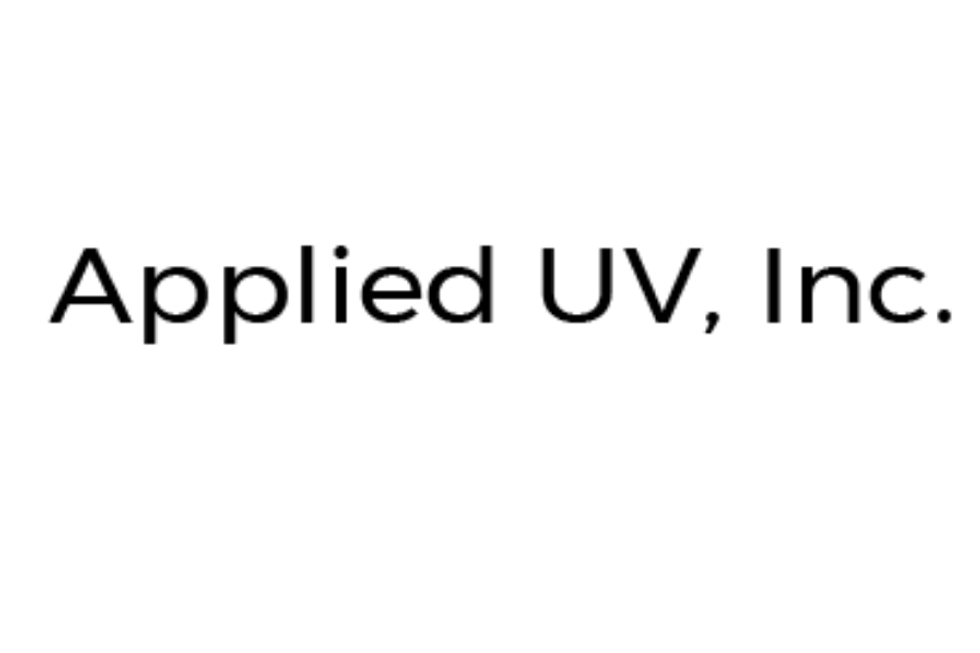Avinger Announces 510(k) Filing of Pantheris Small Vessel Device
Avinger (NASDAQ:AVGR), a leading developer of innovative treatments for peripheral artery disease (PAD), today announced the Company submitted a new 510(k) application to the U.S Food & Drug Administration (FDA) for the Pantheris SV (Small Vessel) Lumivascular atherectomy system. As quoted in the press release: Pantheris SV is a line extension of the Pantheris family …
Avinger (NASDAQ:AVGR), a leading developer of innovative treatments for peripheral artery disease (PAD), today announced the Company submitted a new 510(k) application to the U.S Food & Drug Administration (FDA) for the Pantheris SV (Small Vessel) Lumivascular atherectomy system.
As quoted in the press release:
Pantheris SV is a line extension of the Pantheris family of catheters, the first and only image-guided atherectomy devices for the treatment of PAD. Designed with a lower profile and longer length, Pantheris SV is intended to expand the number of addressable procedures for Pantheris by allowing physicians to target lesions in smaller diameter vessels and more distal regions of the vasculature. Pantheris SV incorporates key improvements introduced to the platform with the clearance of the next generation Pantheris system in May 2018, including a stiffer shaft for increased pushability, a refined OCT imaging system, a more robust nosecone, and an enhanced cutter design.
“Effective tools to address lesions in smaller vessels represent an important unmet clinical need in the treatment paradigm for PAD,” said Dr. Jaafer Golzar, Avinger’s Chief Medical Officer. “There is a lack of long-term durability noted with other treatment options in this area of the vasculature. However, the concept of pairing onboard image-guidance with a directional atherectomy system could provide a number of significant clinical advantages, including an enhanced safety profile, the ability to maximize luminal gain without causing vascular injury, and a potential enhancement in the uptake of anti-restenotic drug therapy,” Dr. Golzar continued.





